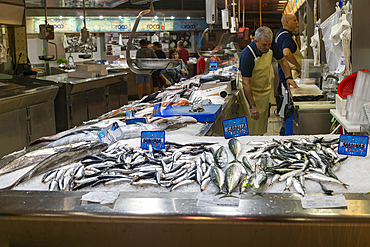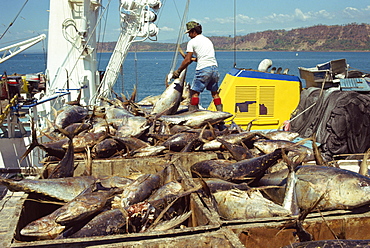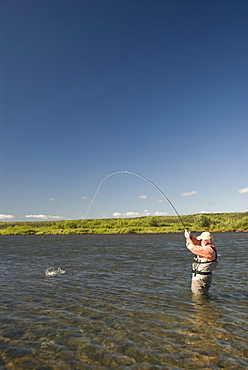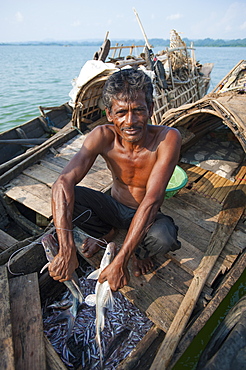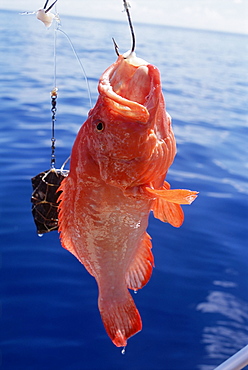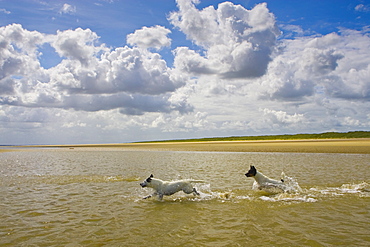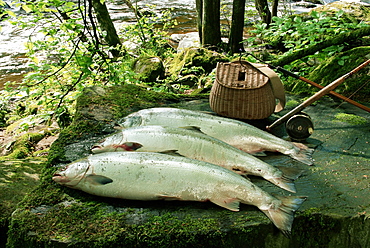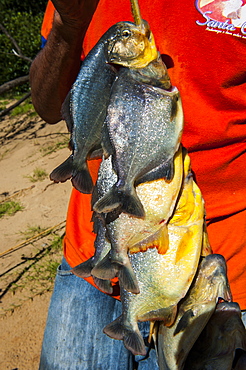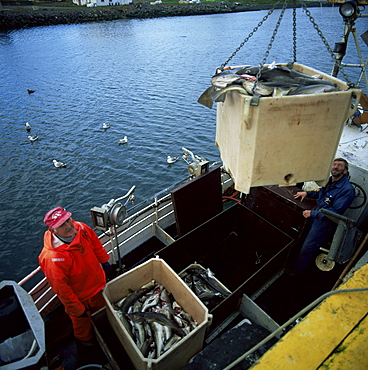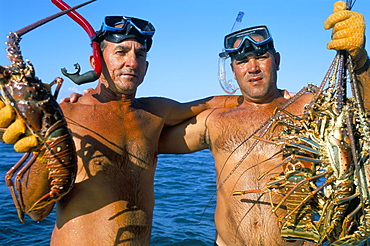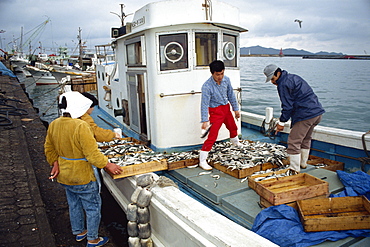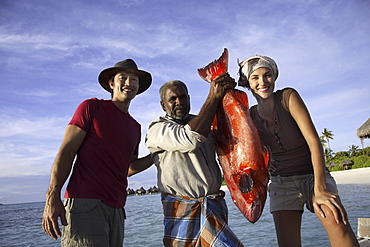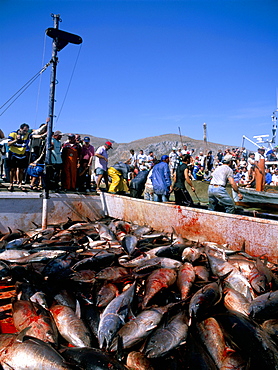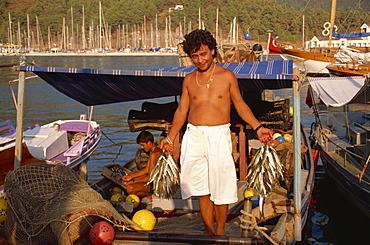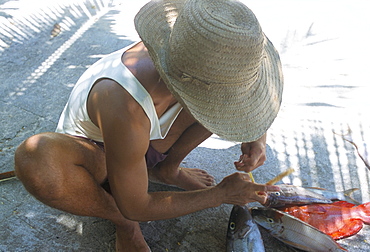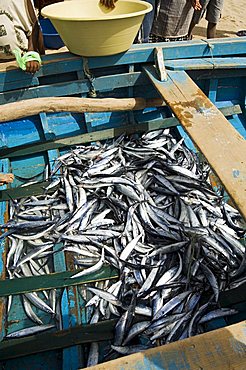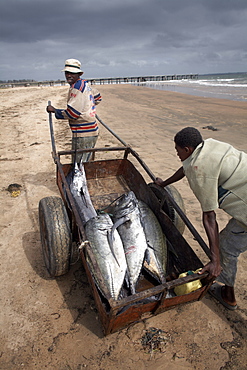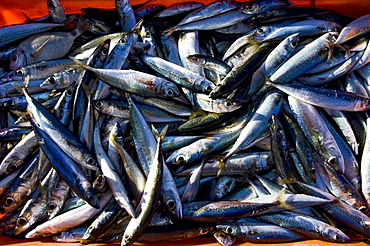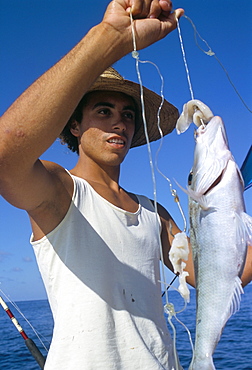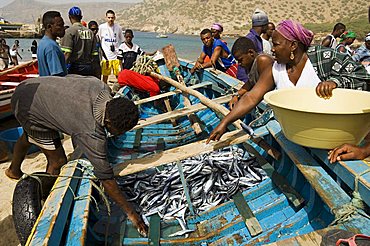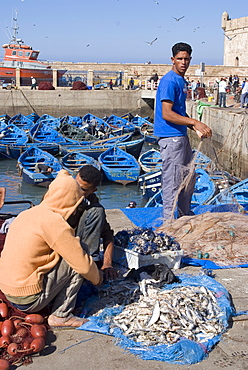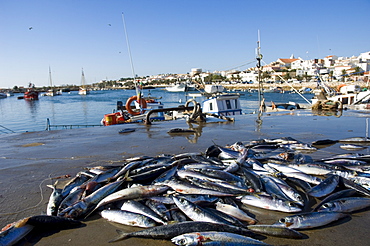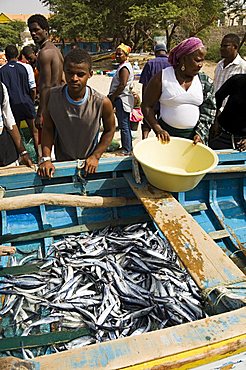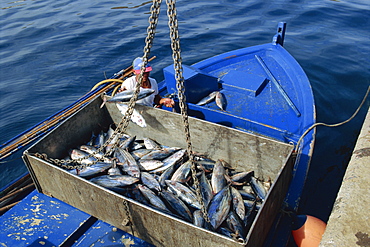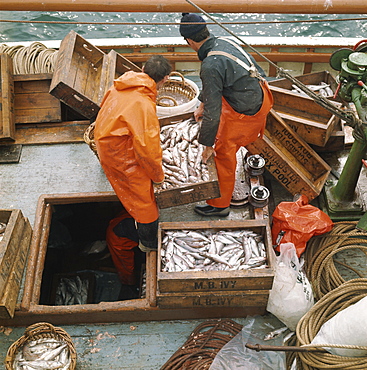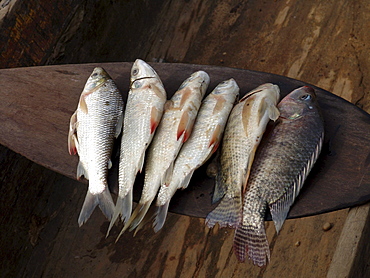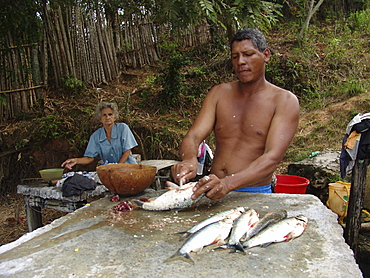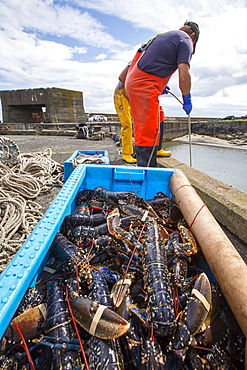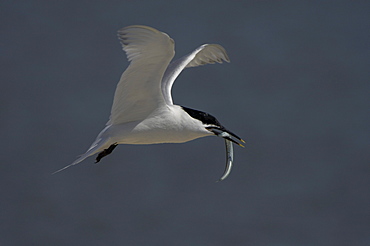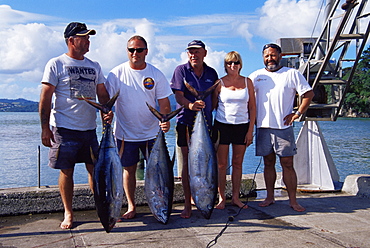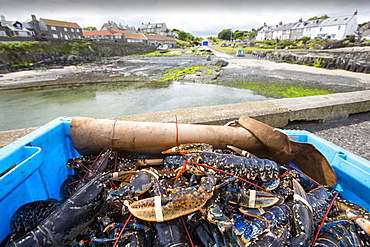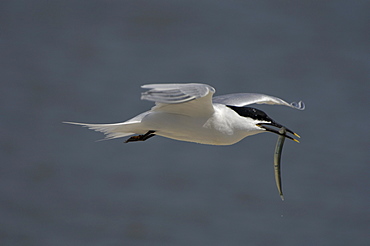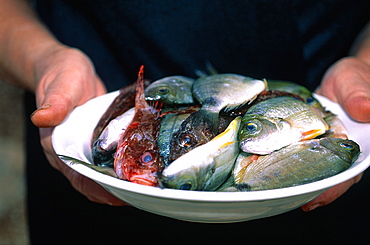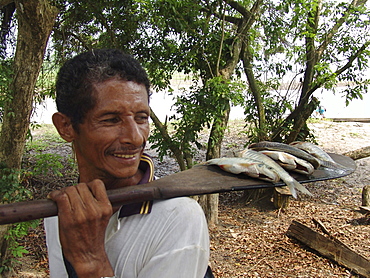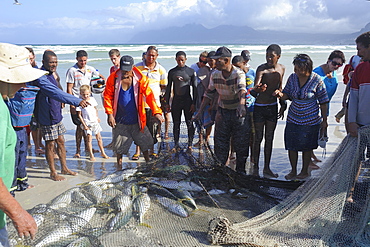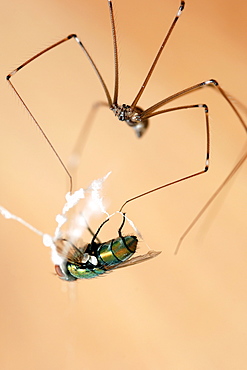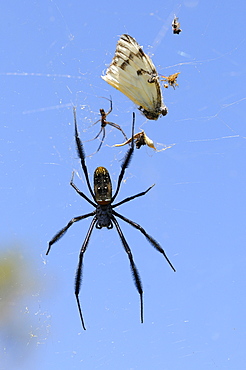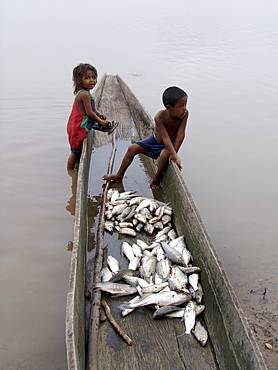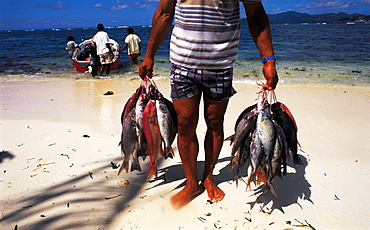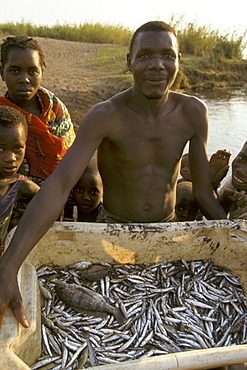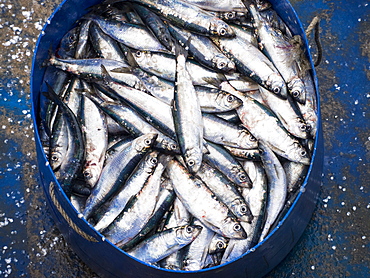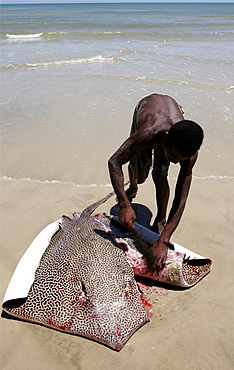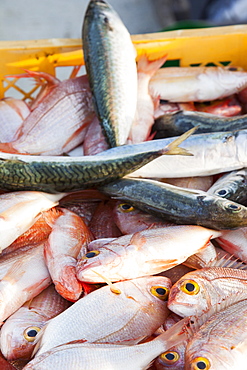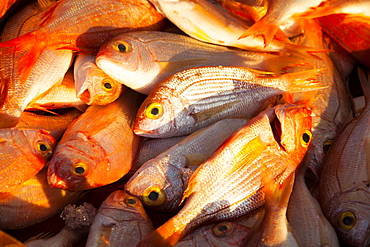Results
« Previous 1 2 3
246 results found
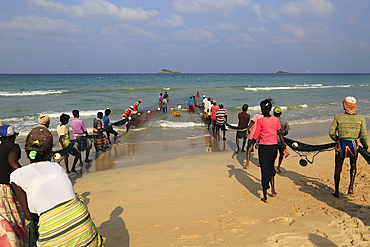
Traditional fishing hauling nets, Nilavelli beach, near Trincomalee, Eastern province, Sri Lanka, Asia
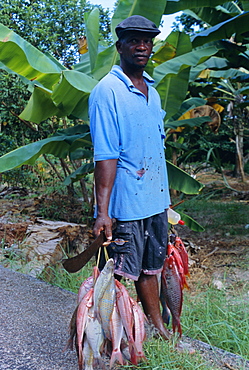
Portrait of a fisherman and his catch, near to Anse Possession, island of Praslin, Seychelles, Indian Ocean, Africa
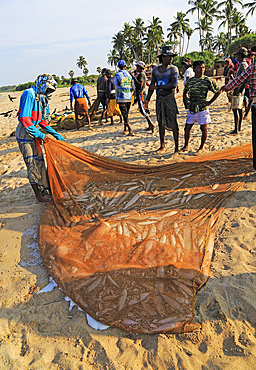
Traditional fishing catch landed in net, Nilavelli beach, near Trincomalee, Eastern province, Sri Lanka, Asia
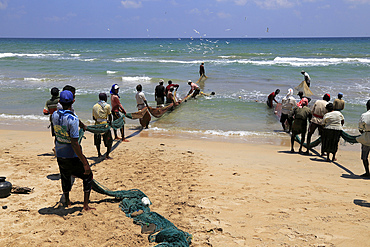
Traditional fishing hauling nets, Nilavelli beach, near Trincomalee, Eastern province, Sri Lanka, Asia
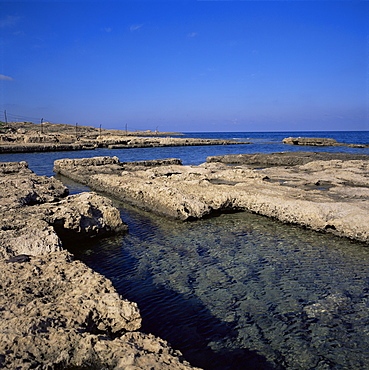
Rectangular tanks cut into rock by Romans to keep fish catch fresh for market, Lambousa, near Lapta, North Cyprus, Cyprus, Europe
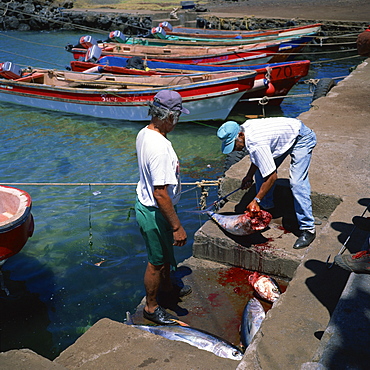
Two elderly fishermen land the tuna catch at Hanga Roa harbour on Easter Island (Rapa Nui), Chile, Pacific, South America
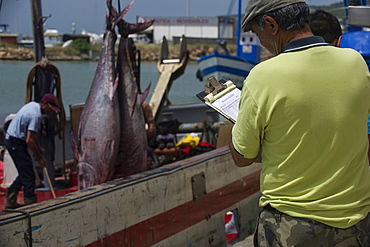
Almadraba fishery of migrating Atlantic Bluefin tuna (Thunnus thynnus) which has a strict quota system for its catch, Andalucia, Spain, Europe
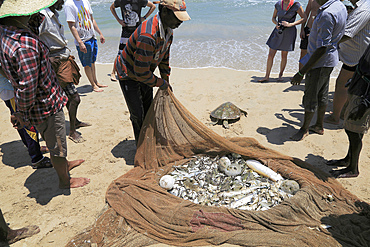
Traditional fishing hauling nets, Nilavelli beach, near Trincomalee, Eastern province, Sri Lanka, Asia
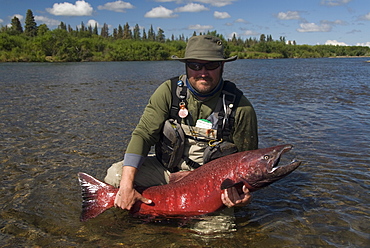
Fisherman with King (Chinook) salmon, Alagnak River, Alaska, United States of America, North America
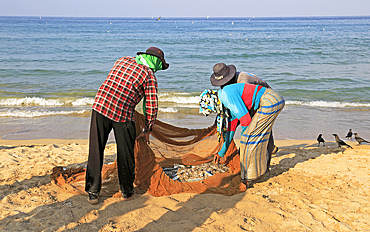
Traditional fishing hauling nets, Nilavelli beach, near Trincomalee, Eastern province, Sri Lanka, Asia
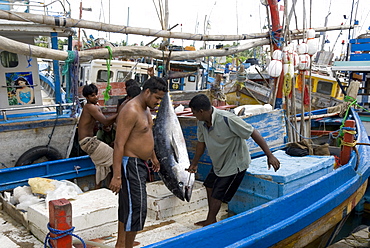
Fishing harbour, built with US Aid after the 2004 Asian tsunami, Purunawella, east of Galle, south coast of Sri Lanka, Asia
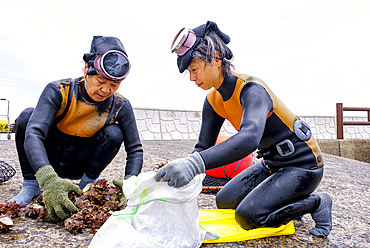
Haenyeo women, famous for diving ino their eighties and holding their breath for up to two minutes, sort their catch of conch, octopus, seaweed, and other seafood, Jeju, South Korea, Asia
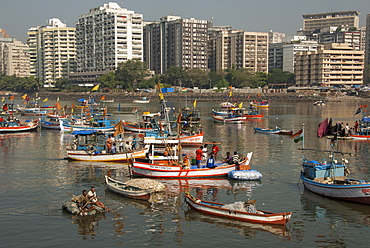
Colaba fishing fleet lands its catch in Back Bay, southern end of Mumbai city, Maharashtra, India, Asia
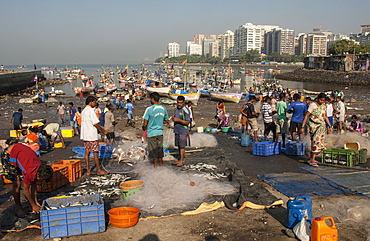
Colaba fishing fleet lands its catch in Back Bay, southern end of Mumbai city, Maharashtra, India, Asia
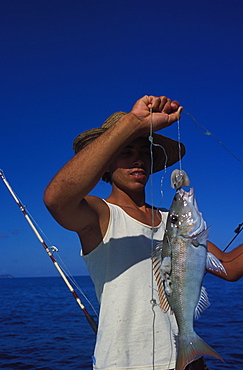
Young man with fish caught on a line, northeast coast, island of Praslin, Seychelles, Indian Ocean, Africa

Woman sorting through fresh catch of fish, Vung Tau fish market, Vietnam, Indochina, Southeast Asia, Asia
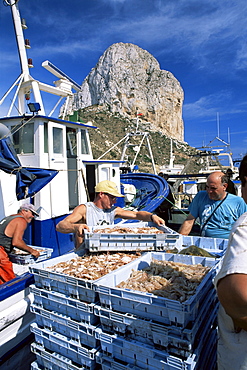
Fish being landed, Calpe, the Penyal d'Ifach (Penon de Ifach) towering above the harbour, Alicante, Valencia, Spain, Europe

Fisherman gutting catch on beach at Santa Maria on the island of Sal (Salt), Cape Verde Islands, Africa
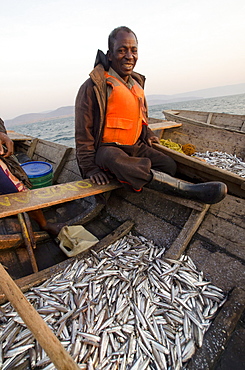
Fisherman on Lake Tanganyika early morning fishing for cichlids to sell in the local fish market, Zambia, Africa
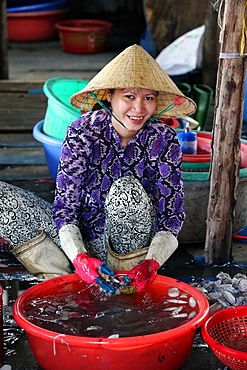
Woman sorting through fresh catch of fish, Vung Tau fish market, Vung Tau, Vietnam, Indochina, Southeast Asia, Asia
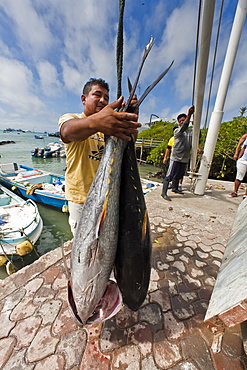
Local fish market, Puerto Ayora, Santa Cruz Island, Galapagos Island Archipelago, Ecuador, South America
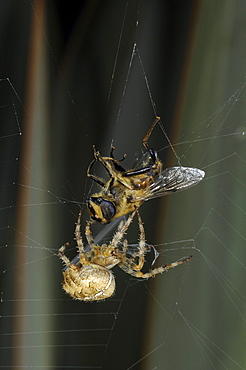
Garden orb spider (araneus diadematus) in its web, with captured fly, wrapping it up in silk from its spinnerettes, oxfordshire, uk

Fishermen offloading their catch of sardines into crates in the town of Camarin~as on the Atlantic coast of A Corun~a province in Spain's Galicia region.

Fishermen offloading their catch of sardines into crates in the town of Camarin~as on the Atlantic coast of A Corun~a province in Spain's Galicia region.
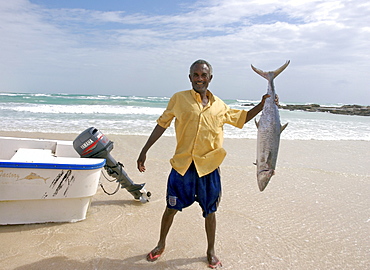
Hardest hit was a 650 kilometers stretch of the somali coastline between garacad (mudung region) and xaafuun (bari region), which forms part of the puntland province near the horn of africa. The tsunami resulted in the death of some 300 people and extensive destruction of shelters, houses and water sources as well as fishing gear. The livelihoods of many people residing in towns and small villages along the somali indian ocean coastline, particularly in the northern regions, were devastated
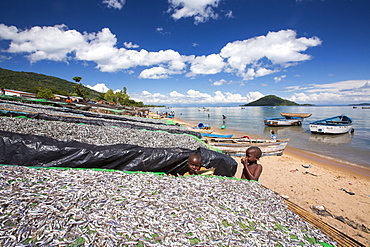
Fish drying racks drying a catch of small fish at Cape Maclear on the shores of Lake Malawi, Malawi, Africa.
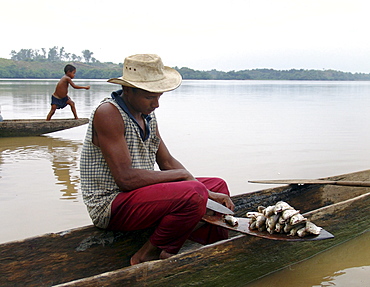
Colombia fisherman cleaning fish while he sits in his dugout canoe. A boy fishing with a line in the background. Rio magdalena, barrancabermeja
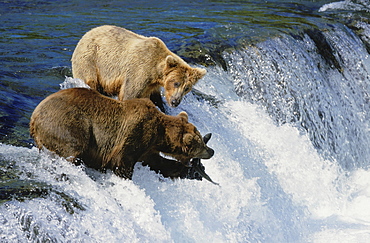
Brown bear. Ursus arctos. At waterfall / brooks falls. Catching leaping sockeye salmon in summer. Katmai n.p, alaska, usa
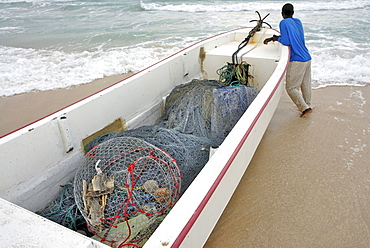
Hardest hit was a 650 kilometers stretch of the somali coastline between garacad (mudung region) and xaafuun (bari region), which forms part of the puntland province near the horn of africa. The tsunami resulted in the death of some 300 people and extensive destruction of shelters, houses and water sources as well as fishing gear. The livelihoods of many people residing in towns and small villages along the somali indian ocean coastline, particularly in the northern regions, were devastated
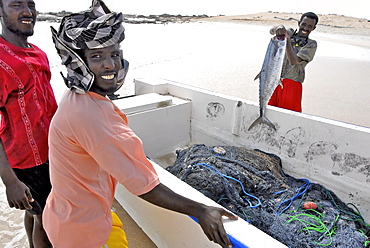
Hardest hit was a 650 kilometers stretch of the somali coastline between garacad (mudung region) and xaafuun (bari region), which forms part of the puntland province near the horn of africa. The tsunami resulted in the death of some 300 people and extensive destruction of shelters, houses and water sources as well as fishing gear. The livelihoods of many people residing in towns and small villages along the somali indian ocean coastline, particularly in the northern regions, were devastated
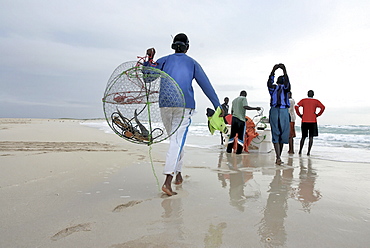
Hardest hit was a 650 kilometers stretch of the somali coastline between garacad (mudung region) and xaafuun (bari region), which forms part of the puntland province near the horn of africa. The tsunami resulted in the death of some 300 people and extensive destruction of shelters, houses and water sources as well as fishing gear. The livelihoods of many people residing in towns and small villages along the somali indian ocean coastline, particularly in the northern regions, were devastated
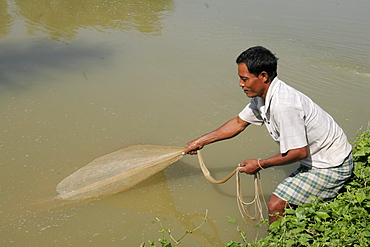
Bangladesh farid pathang using a net to catch fish from his pond, garo tribal minority, haluaghat, mymensingh region

Hardest hit was a 650 kilometers stretch of the somali coastline between garacad (mudung region) and xaafuun (bari region), which forms part of the puntland province near the horn of africa. The tsunami resulted in the death of some 300 people and extensive destruction of shelters, houses and water sources as well as fishing gear. The livelihoods of many people residing in towns and small villages along the somali indian ocean coastline, particularly in the northern regions, were devastated

Eyl is a town in somalias puntland state. The prominent clan in eyl district are yonis idiris, a sub-clan of isse mahamud, which in turn is a sub-clan of majeerteen. Eyl is near the hafun peninsula, the location of most of somalias casualties from the 2004 indian ocean tsunami., the tsunami resulted in the death of some 300 people and extensive destruction of shelters, houses and water sources as well as fishing gear. The livelihoods of many people residing in towns and small villages along the somali indian ocean coastline, particularly in the northern regions, were devastated / view of the landscape around eyl
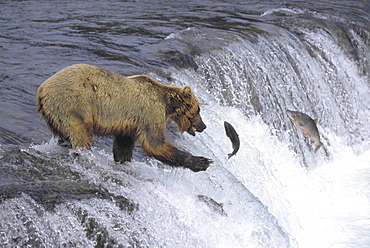
Brown bear, alaska. Brooks falls. Ursus arctos. Bear catching leaping sockeye salmon during the summer at a waterfall
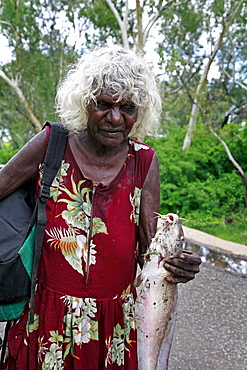
Australia. Older aborigine woman who jhas just caught a catfish, aborigine community of , or beswick, arnemland, northern territory. 2007
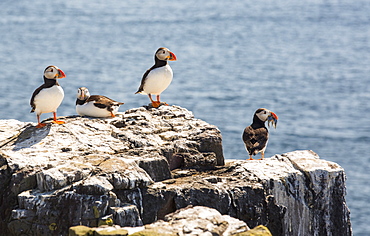
Atlantic Puffin, Fratercula arctica, on the Farne Islands, Northumberland, UK, with one with a beak full of Sand Eels.
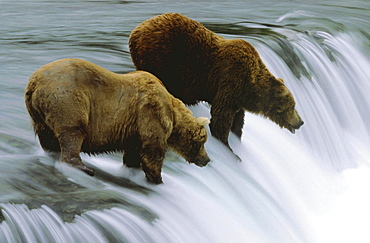
Brown bears, ursus arctos. Two bears at waterfall waiting to catch leaping salmon; summer; long exposure time usa, alaska. Brooks falls
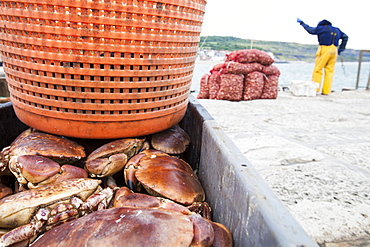
A fisherman landing whelks destined for the Asian market, as well as crab and lobster, on the Cobb at Lyme Regis, Dorset, England, United Kingdom, Europe

A fish caught in Lake Athabasca by Robert Grandjamber, who lives in Fort Chipewyan, a First Nation community downstream of the tar sands industry, Alberta, Canada, North America

A fish caught in Lake Athabasca by Robert Grandjamber, who lives in Fort Chipewyan, a First Nation community downstream of the tar sands industry, Alberta, Canada, North America
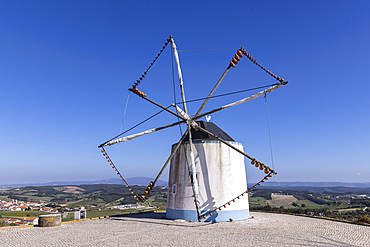
Europe, Portugal, Moita dos Ferreiros. Moinhos de Ventos. windmills Traditional Clay pots, jugs, used to catch the winds.
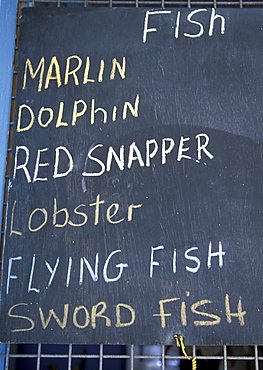
Caribbean, West Indies, Barbados, Bridgetown, The Fishing Boats Harbour & Fishmarket, Catch Of The Day

Sustainably caught fish on a traditional Greek fishing boat in Myrina harbour on Lemnos, Greek Islands, Greece, Europe
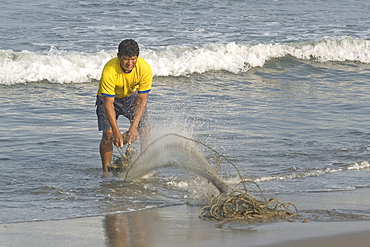
Fisherman on the beach at the popular far north coast fishing & surfing village of Huanchaco, near Trujillo, Peru, South America.
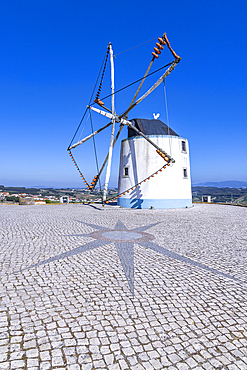
Europe, Portugal, Moita dos Ferreiros. Moinhos de Ventos. windmills Traditional Clay pots, jugs, used to catch the winds.
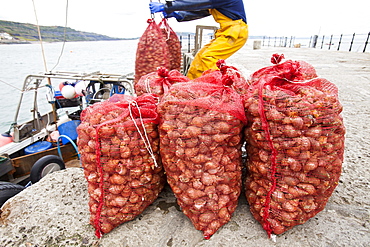
A fisherman landing whelks destined for the Asian market on the Cobb at Lyme Regis, Dorset, England, United Kingdom, Europe
